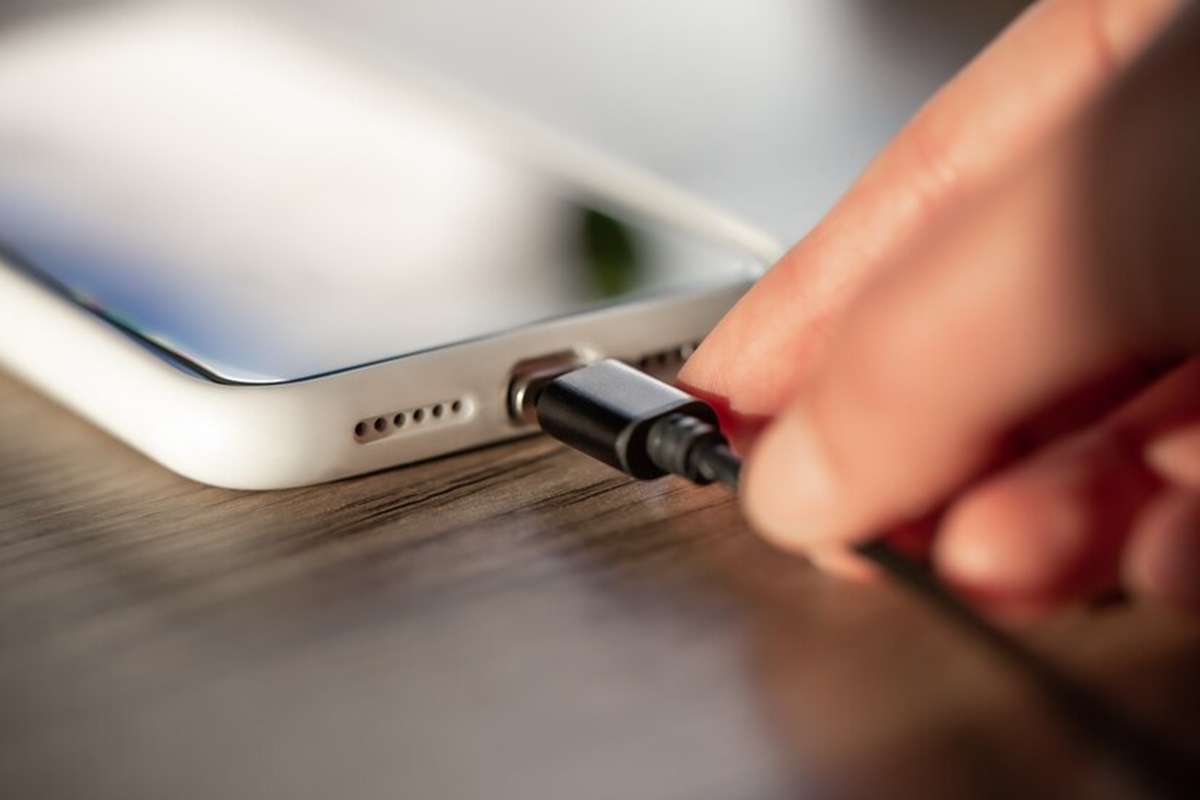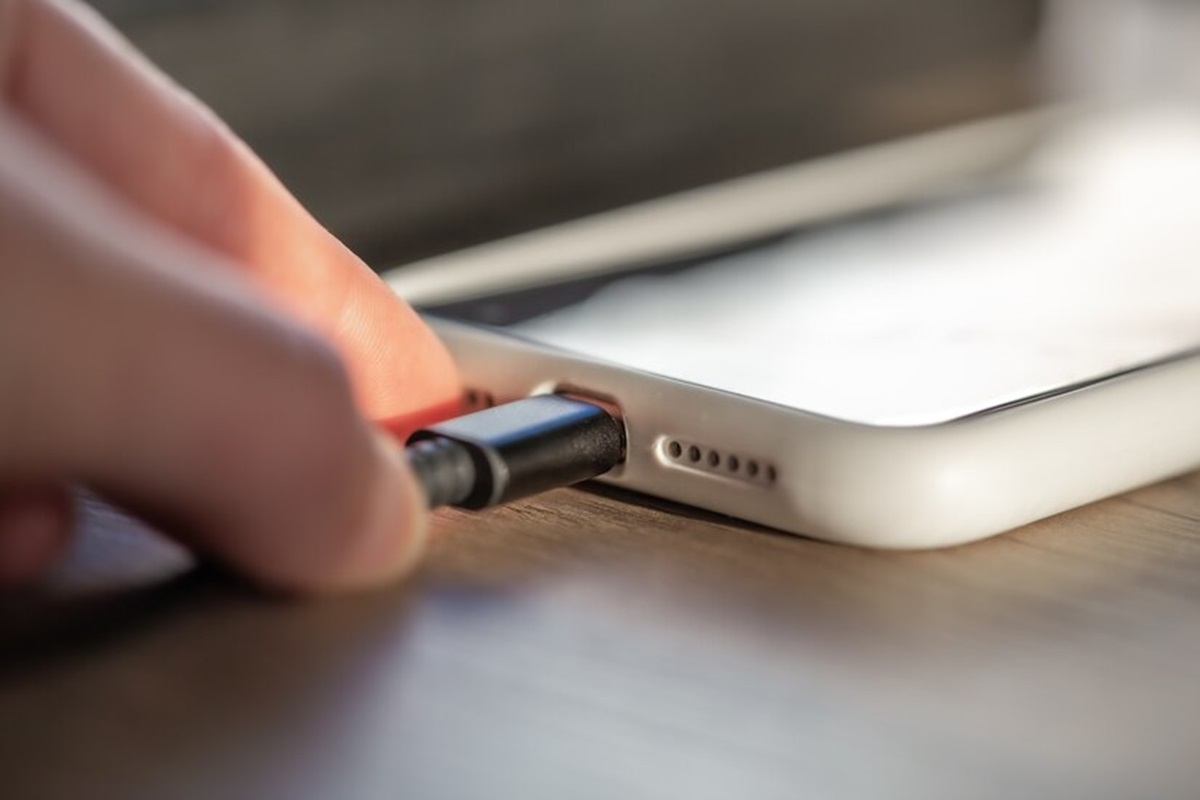Ever reach for your Anker USB-C charger, only to find it refusing to cooperate? It’s a frustrating scenario, especially when you rely on that reliable power source. But fear not, tech-challenged and tech-enthusiasts alike! According to Anker, USB-C chargers are equipped with PowerIQ technology and are designed to deliver the required power efficiently to keep devices powered up for work, study, or entertainment. This guide delves into the potential reasons behind your non-functioning Anker USB-C charger and equips you with solutions to get it working smoothly again.
Understanding the USB-C Ecosystem: A Quick Primer
Before diving into troubleshooting, let’s establish a basic understanding of USB-C technology. Unlike its predecessor, the bulky USB-A, USB-C boasts a reversible design, meaning you no longer have to fumble to plug it in the right way. It’s also capable of much faster data transfer and power delivery, making it a ubiquitous choice for modern devices.

However, this versatility introduces potential complexity. Here’s a breakdown of the key players involved in the charging process:
- The Anker USB-C Charger: This is the power bank or wall adapter that supplies the electricity. Anker offers a wide range of USB-C chargers with varying power outputs.
- The USB-C Cable: This vital link transmits both data and power between the charger and your device.
- The Device: Your phone, laptop, or tablet receiving the charge.
Troubleshooting Your Anker USB-C Charger: A Step-by-Step Approach
Now that we’ve established the key components, let’s embark on our troubleshooting journey! Here’s a structured approach to identify and rectify the culprit:
- The Power Culprit:
- Is the Charger Plugged In? It might seem obvious, but a loose connection or a faulty wall outlet can easily disrupt the charging process. Double-check the connection and try a different outlet if available.
- Is the Power Source Sufficient? Anker chargers come in various wattages. Ensure your charger’s wattage matches the power requirements of your device. For example, a high-powered laptop might require a more potent charger than a smartphone.
- The Cable Conundrum:
- Inspect the Cable: Examine the USB-C cable for any physical damage like fraying or broken connectors. A compromised cable can hinder proper connection and power flow.
- Test the Cable with Another Device: Try using the same cable with a different device or charger. If it works elsewhere, the issue likely lies with your Anker charger or the device itself.
- Consider Cable Quality: Not all cables are created equal. While Anker offers high-quality cables, using a third-party cable of inferior quality can sometimes lead to compatibility issues.
- The Device Dilemma:
- Is Your Device Turned On? A seemingly simple question, but sometimes a device in sleep mode might not register the charging connection.
- Restart Your Device: A quick restart can often resolve temporary glitches that might be preventing your device from recognizing the charger.
- Clean the Charging Port: Dust or debris buildup in your device’s charging port can impede proper connection. Use a can of compressed air to gently remove any dust particles.
Read also: Which TV has the Longest Life?
Beyond the Basics: Troubleshooting for Tech-Savvy Users
If you’ve tried the basic steps and your Anker USB-C charger remains uncooperative, here are some additional considerations for the more tech-savvy user:
- Compatibility Issues: While USB-C offers universal connectivity in theory, some devices might have specific charging protocols that require specific cable features. Researching your device’s charging requirements can help identify compatibility issues.
- Software Updates: Outdated device software can sometimes lead to charging problems. Check for and install any available software updates for your device.
- Check for Anker Updates: While less common, Anker might release firmware updates for their chargers to address compatibility issues or improve performance. Visit Anker’s website to see if any updates are available for your specific charger model.
When All Else Fails: Contact Anker Support
If you’ve exhausted all troubleshooting avenues, it’s time to seek help from the experts. Anker boasts a responsive customer support team readily available to assist you. Remember, Anker products typically come with an 18-month warranty, so if your charger is within the warranty period, you might be eligible for a replacement.
Bonus Tip: Preventative Maintenance for a Long-Lasting Anker
A few simple practices can significantly extend the lifespan of your Anker USB-C charger:
- Avoid Stress on the Cable: Coiling your cable too tightly or bending it at sharp angles puts strain on its internal wires. Opt for gentle loops when storing your cable for increased durability.
- Invest in a Protective Case: Consider a case for your Anker charger to shield it from bumps and accidental drops.
In Conclusion
While a non-functioning Anker USB-C charger can be frustrating, following this structured troubleshooting guide can greatly increase your chances of a quick resolution. Remember, start with the basics, delve into advanced troubleshooting if necessary, and don’t hesitate to reach out to Anker support if the problem persists.
By following these tips and practicing proper charger maintenance, you’ll ensure your Anker USB-C charger remains a reliable powerhouse for years to come!



